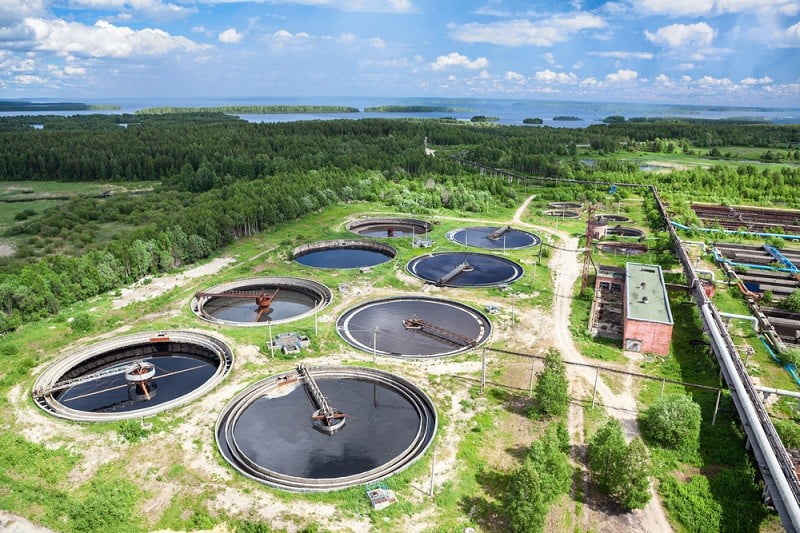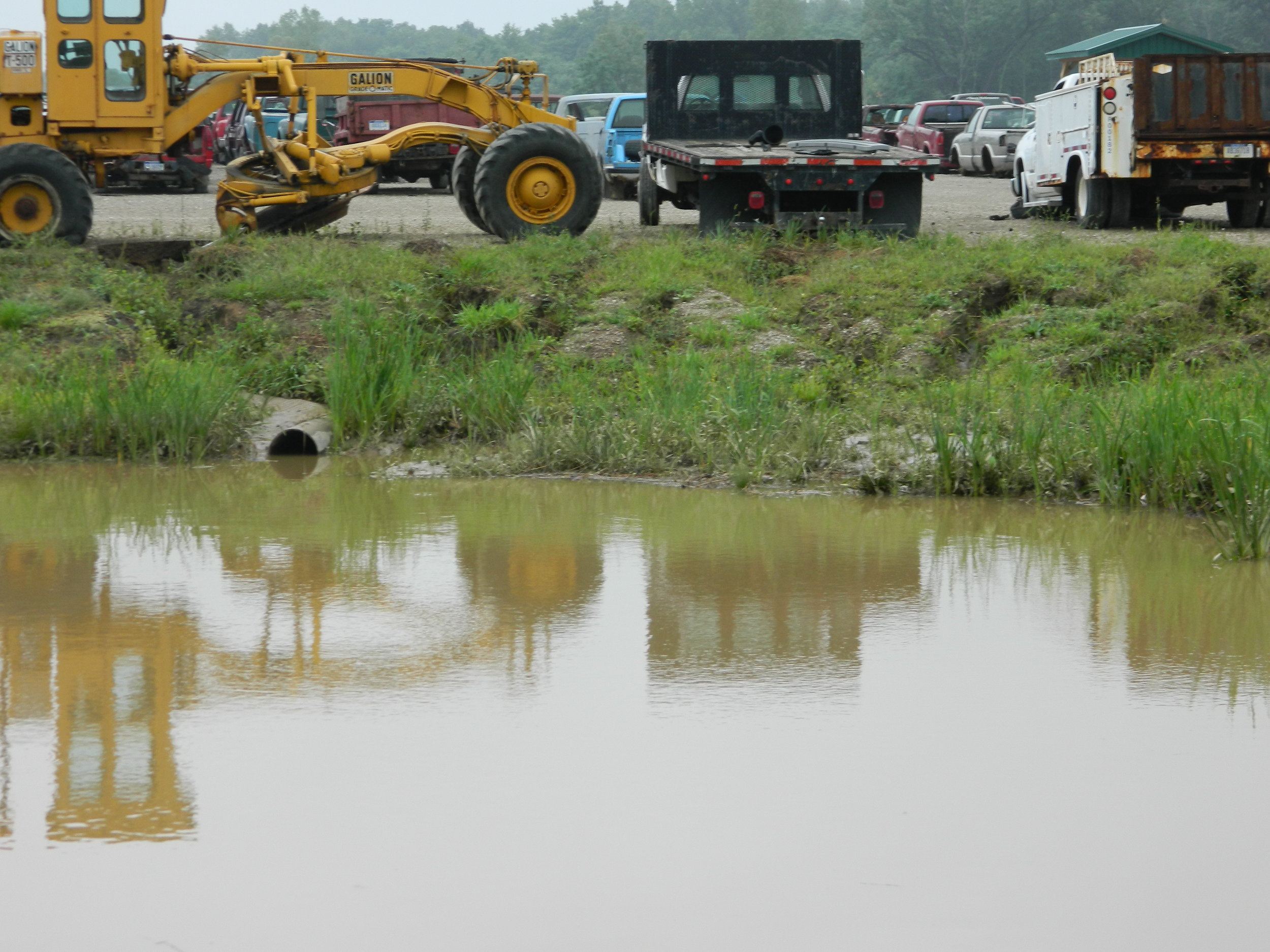How Fluid Waste Disposal Functions: A Comprehensive Overview of Methods and Technologies Utilized

Summary of Fluid Waste Kind
The complexity of liquid waste kinds demands a comprehensive understanding of their qualities and ramifications for disposal. Fluid waste can broadly be categorized into several kinds, including industrial, municipal, agricultural, and dangerous waste. Each category exhibits distinctive residential properties, requiring specific administration methods to reduce ecological and health and wellness risks.
Industrial fluid waste originates from manufacturing processes and commonly contains a variety of pollutants, such as heavy steels, solvents, and natural substances. Local liquid waste, mostly consisting of wastewater from houses and business facilities, has raw material, nutrients, and virus (industrial wastewater treatment). Agricultural liquid waste, including overflow from farms, may have plant foods, chemicals, and pet waste, posing dangers to water top quality and ecological communities
Hazardous fluid waste is identified by its poisoning, reactivity, or prospective to cause damage. This group consists of substances like acids, bases, and particular chemicals that necessitate rigorous handling and disposal protocols. Recognizing these varied fluid waste types is critical for creating effective disposal approaches and guaranteeing conformity with environmental policies. Proper classification and characterization are crucial for executing ideal treatment methods and minimizing the unfavorable effect on public health and the atmosphere.
Physical Treatment Approaches

Testing is the first action, where bigger fragments and particles are removed from the liquid waste making use of displays or grates. This procedure secures downstream devices from damage and makes certain smoother procedure. Adhering to screening, sedimentation uses gravitational pressure to different solids from liquids. In sedimentation tanks, heavier particles work out at the bottom, forming a sludge layer, while the made clear liquid can be additional dealt with.
Filtering is one more crucial technique that involves passing the fluid with permeable products, such as sand or membranes, to capture smaller sized particles. This action improves the quality of the fluid, making it appropriate for subsequent therapy procedures.

Chemical Therapy Techniques
Chemical therapy techniques are crucial for effectively taking care of fluid waste, particularly in attending to liquified and colloidal impurities that physical approaches might not adequately get rid of. These techniques make use of different chemical agents to neutralize, precipitate, or transform unsafe substances right into less hazardous kinds.
One usual method is coagulation and flocculation, where chemicals such as alum or ferric chloride are included in promote the aggregation of put on hold particles. This procedure enhances sedimentation, enabling for less complicated removal of the resulting sludge. Furthermore, oxidation processes, employing agents like chlorine or click now ozone, are employed to break down intricate organic substances and virus, providing the waste safer for discharge or additional therapy.
Neutralization is another critical strategy, which readjusts the pH of acidic or alkaline waste streams to neutral levels, avoiding possible damage to downstream systems and the setting. Additionally, advanced oxidation processes (AOPs) utilize combinations of oxidants and ultraviolet light to deteriorate persistent toxins, accomplishing a greater degree of therapy efficiency.
Biological Treatment Processes
Organic therapy procedures play a crucial duty in the management of fluid waste by utilizing microbes to disintegrate raw material and reduce pollutant degrees. These procedures can be extensively classified right into anaerobic and cardiovascular treatments, each using specific microbial communities to accomplish effective waste degradation.
Cardiovascular treatment entails the usage of oxygen to facilitate the malfunction of organic products by germs. This process is frequently executed in activated sludge systems, where oygenation tanks provide a favorable setting for microbial growth, causing the oxidation of natural pollutants. The resultant biomass can be separated from dealt with effluent through sedimentation.
In comparison, anaerobic therapy takes place in the lack of oxygen, counting on different microorganisms to break down raw material. This method is specifically advantageous for high-strength waste, as it creates biogas, a renewable resource source, while minimizing sludge production. Technologies such as anaerobic digesters are regularly utilized in community and industrial applications.
Both cardio and anaerobic biological treatments not only decrease the environmental impact of liquid waste however also assist in resource healing, making them important components of sustainable waste management approaches. Their effectiveness, effectiveness, and versatility support their widespread application across different sectors.
Arising Technologies in Disposal
Ingenious strategies to liquid waste disposal are rapidly developing, driven by improvements in technology and a raising focus on sustainability. Among these emerging technologies, membrane bioreactors (MBRs) have obtained grip for their capacity to combine organic therapy with membrane filtration, causing high-grade effluent that can be reused in various applications. MBRs enable smaller sized footprints and much more efficient procedures compared to typical systems.
Another promising advancement is using anaerobic food digestion combined with nutrient healing modern technologies, which not just deals with liquid waste but also creates biogas and recoups beneficial nutrients like nitrogen and phosphorus. This twin advantage improves resource performance and minimizes ecological effect.
Furthermore, progressed oxidation processes (AOPs) are being adopted for the destruction of complex natural toxins. These approaches make use of powerful oxidants and stimulants to damage down impurities at the molecular degree, offering a very reliable solution for challenging waste streams.
Additionally, the combination of expert system and device understanding in waste monitoring systems is enhancing operational effectiveness and anticipating maintenance, bring about minimized expenses and improved environmental conformity. These innovations show a significant shift in the direction of more efficient and lasting liquid waste disposal methods.
Final Thought
Finally, effective liquid garbage disposal requires a detailed understanding of various techniques and modern technologies. The assimilation of physical, chemical, and organic therapy methods makes click resources sure the reliable monitoring of diverse waste types. In addition, the development of innovative modern technologies enhances treatment efficacy and advertises sustainability in waste management read this practices. By continually progressing these approaches, it becomes possible to resolve the expanding challenges associated with fluid waste, inevitably adding to environmental management and source recuperation.
Liquid waste disposal is a vital element of ecological management, needing an extensive understanding of various methods and modern technologies tailored to various waste types. Liquid waste can generally be categorized into several types, including industrial, community, agricultural, and dangerous waste. Agricultural liquid waste, including drainage from farms, may consist of plant foods, pesticides, and animal waste, posturing threats to water top quality and ecological communities.
Numerous physical treatment techniques play a critical function in taking care of liquid waste efficiently - industrial wastewater treatment.In final thought, reliable fluid waste disposal necessitates an extensive understanding of numerous methods and modern technologies